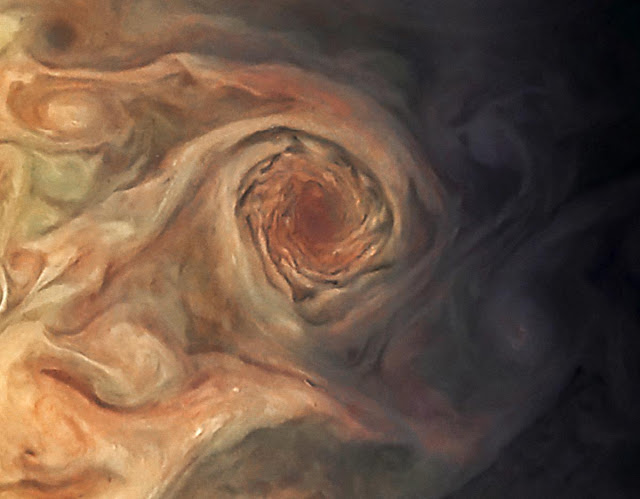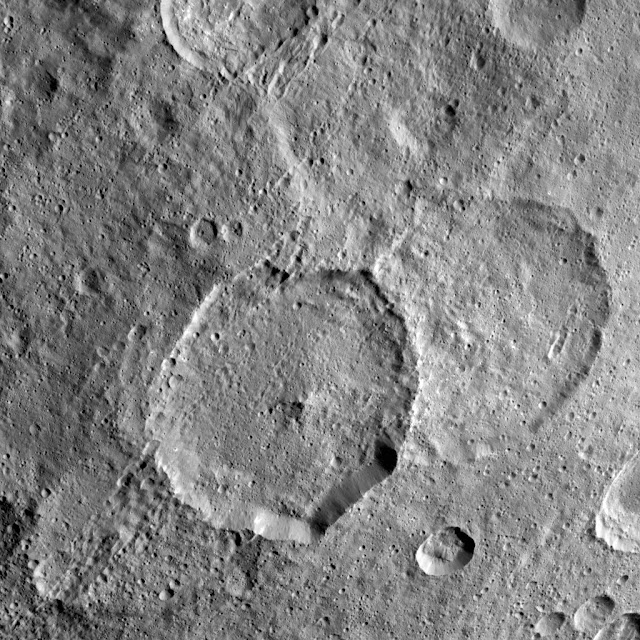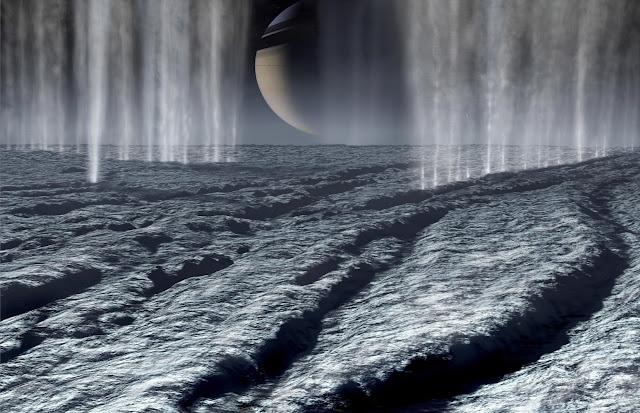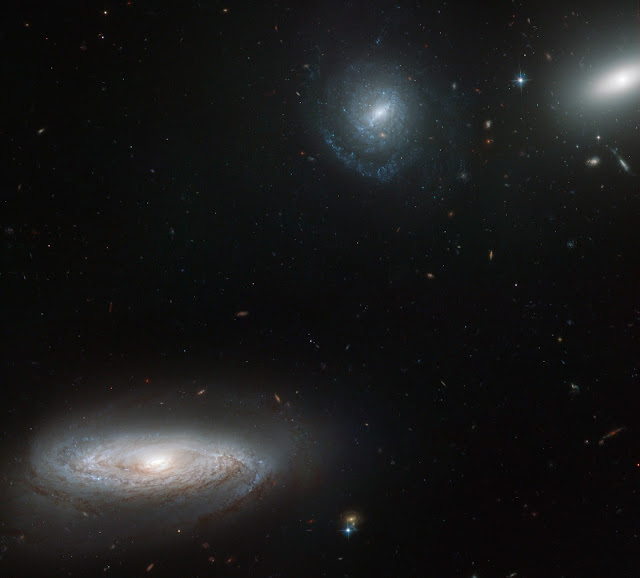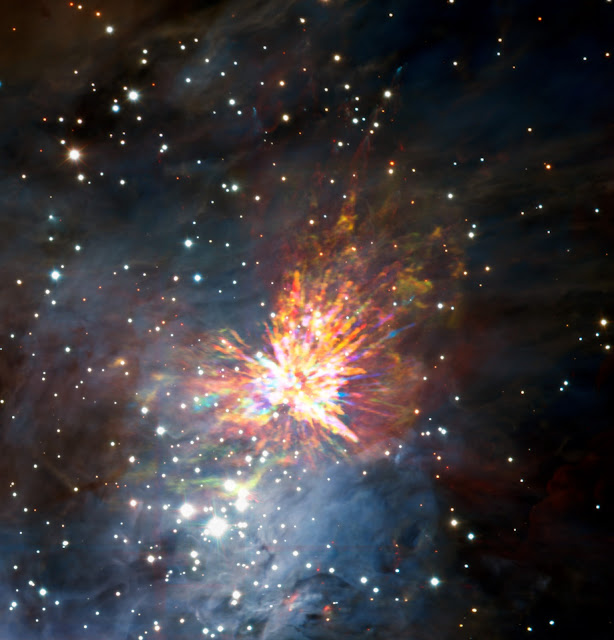With two suns in its sky, Luke Skywalker's home planet Tatooine in "Star Wars" looks like a parched, sandy desert world. In real life, thanks to observatories such as NASA's Kepler space telescope, we know that two-star systems can indeed support planets, although planets discovered so far around double-star systems are large and gaseous. Scientists wondered: If an Earth-size planet were orbiting two suns, could it support life?
It turns out, such a planet could be quite hospitable if located at the right distance from its two stars, and wouldn't necessarily even have deserts. In a particular range of distances from two sun-like host stars, a planet covered in water would remain habitable and retain its water for a long time, according to a new study in the journal Nature Communications.
"This means that double-star systems of the type studied here are excellent candidates to host habitable planets, despite the large variations in the amount of starlight hypothetical planets in such a system would receive," said Max Popp, associate research scholar at Princeton University in New Jersey, and the Max Planck Institute of Meteorology in Hamburg, Germany.
Popp and Siegfried Eggl, a Caltech postdoctoral scholar at NASA's Jet Propulsion Laboratory, Pasadena, California, created a model for a planet in the Kepler-35 system. In reality, the stellar pair Kepler-35A and B host a planet called Kepler-35b, a giant planet about eight times the size of Earth, with an orbit of 131.5 Earth days. For their study, researchers neglected the gravitational influence of this planet and added a hypothetical water-covered, Earth-size planet around the Kepler-35 A and B stars. They examined how this planet’s climate would behave as it orbited the host stars with periods between 341 and 380 days.
"Our research is motivated by the fact that searching for potentially habitable planets requires a lot of effort, so it is good to know in advance where to look," Eggl said. "We show that it's worth targeting double-star systems."
In exoplanet research, scientists speak of a region called the "habitable zone," the range of distances around a star where a terrestrial planet is most likely to have liquid water on its surface. In this case, because two stars are orbiting each other, the habitable zone depends on the distance from the center of mass that both stars are orbiting. To make things even more complicated, a planet around two stars would not travel in a circle; instead, its orbit would wobble through the gravitational interaction with the two stars.
Popp and Eggl found that on the far edge of the habitable zone in the Kepler-35 double-star system, the hypothetical water-covered planet would have a lot of variation in its surface temperatures. Because such a cold planet would have only a small amount of water vapor in its atmosphere, global average surface temperatures would swing up and down by as much as 3.6 degrees Fahrenheit (2 degrees Celsius) in the course of a year.
"This is analogous to how, on Earth, in arid climates like deserts, we experience huge temperature variations from day to night," Eggl said. "The amount of water in the air makes a big difference."
But, closer to the stars, near the inner edge of the habitable zone, the global average surface temperatures on the same planet stay almost constant. That is because more water vapor would be able to persist in the atmosphere of the hypothetical planet and act as a buffer to keep surface conditions comfortable.
As with single-star systems, a planet beyond the outer edge of the habitable zone of its two suns would eventually end up in a so-called "snowball" state, completely covered with ice. Closer than the inner edge of the habitable zone, an atmosphere would insulate the planet too much, creating a runaway greenhouse effect and turning the planet into a Venus-like world inhospitable to life as we know it.
Another feature of the study's climate model is that, compared to Earth, a water-covered planet around two stars would have less cloud coverage. That would mean clearer skies for viewing double sunsets on these exotic worlds.
Image Credit: NASA/JPL-Caltech
Explanation from: https://www.nasa.gov/feature/jpl/earth-sized-tatooine-planets-could-be-habitable

